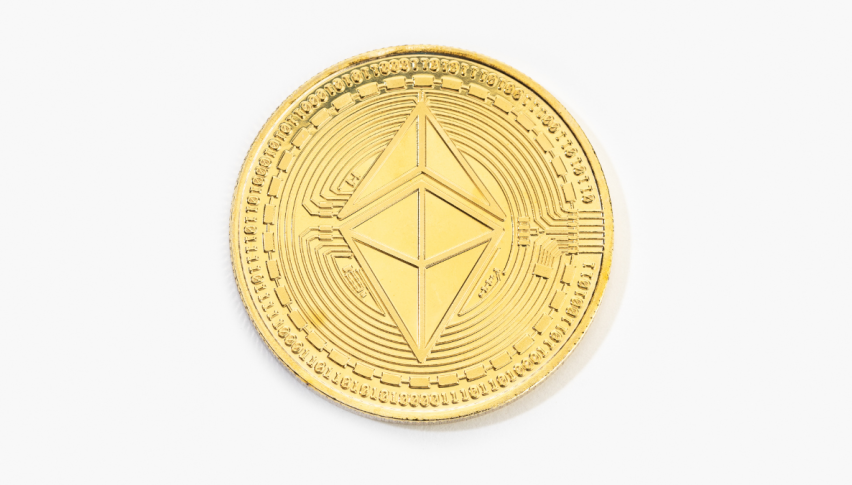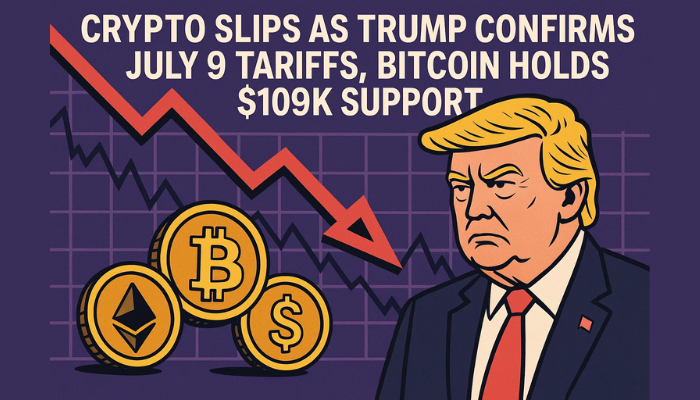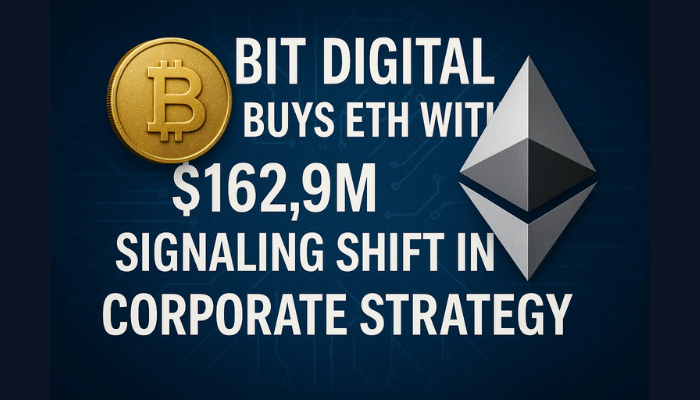Could Ethereum Offer More Value Than Bitcoin for Corporate Treasuries?
Ethereum is increasingly being seen as a strategic treasury asset alongside Bitcoin.

Quick overview
- Ethereum is being recognized as a strategic treasury asset alongside Bitcoin, offering both long-term value and ongoing yield.
- Companies are exploring ETH staking as a way to earn predictable rewards, contrasting with Bitcoin's reliance on price appreciation.
- Ethereum's role in the stablecoin and decentralized finance ecosystem enhances its demand and utility beyond just a store of value.
- While Bitcoin offers liquidity and stability, Ethereum's staking and ecosystem integration present a compelling option for diversified digital asset portfolios.
Ethereum is increasingly being seen as a strategic treasury asset alongside Bitcoin.

Some companies are considering stacking ETH not just as a digital asset but as a source of ongoing yield, which is an attractive proposition for financial planning.
A major benefit of Ethereum is staking. Firms can lock up ETH in staking contracts to earn rewards over time. This provides predictable on-chain yield, unlike Bitcoin, which generally offers gains only through price appreciation. One firm evaluating ETH reserves is even exploring a model where ETH holdings are tied to a per-share value, reflecting staking returns similar to how some Bitcoin treasury models work.
Beyond yield, Ethereum’s robust role in the stablecoin and decentralized finance ecosystem makes it a functional asset. As more tokenized stablecoins circulate on its network, demand for ETH increases not just for holding but for active use in financial protocols. That means ETH is not only a store of value but also a resource for ongoing on-chain activity.
Taken together, the combination of staking income and ecosystem integration positions Ethereum as a versatile treasury option. Companies can treat ETH as both a long-term asset and a source of income. This effectively hedges volatility with staking rewards. That dual benefit is what makes ETH compelling compared to Bitcoin’s appeal of simplicity and security.
But Ethereum is not without drawbacks. Bitcoin remains the go-to asset for its liquidity, stability, and strong brand recognition. Its simplicity and deep markets make it easier for institutional investors who prioritize risk minimization. Meanwhile, ETH introduces additional considerations about smart contract risk, validator responsibility, and network dynamics.
For financial brokers, these differences highlight important strategic decisions. Combining Bitcoin for stability with Ethereum for yield and ecosystem exposure could offer clients a more balanced digital asset portfolio. Brokers may want to explore integrated treasury models where ETH staking income offsets parts of volatility while maintaining BTC as the anchor.
In summary, Ethereum’s staking mechanics and active ecosystem use provide a compelling advantage for corporate treasuries seeking both safety and yield. As digital assets become more mainstream, understanding how ETH and BTC serve different roles will be essential for advising clients effectively.
- Check out our free forex signals
- Follow the top economic events on FX Leaders economic calendar
- Trade better, discover more Forex Trading Strategies
- Open a FREE Trading Account


